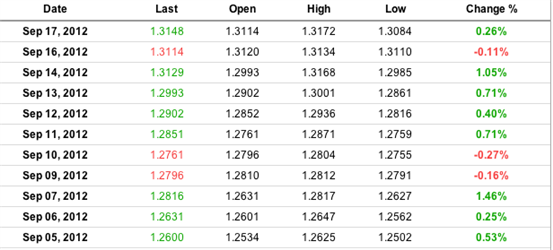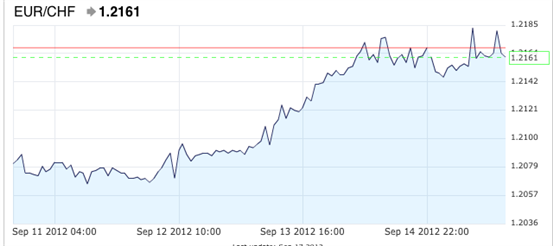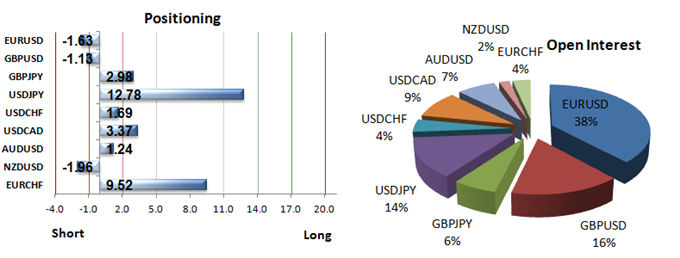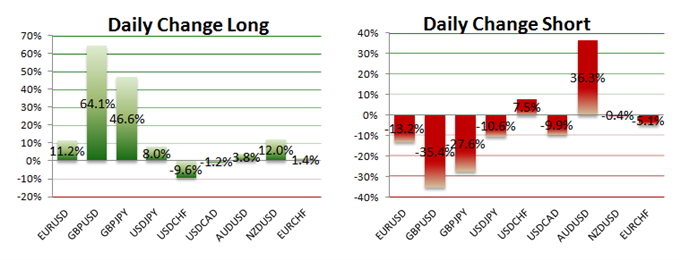Hi Everyone,
Today’s FOMC Meeting is “one of the most highly contested events the FX and capital markets have faced in months” according Senior Currency Strategist John Kicklighter. The research team at DailyFX.com is providing complete coverage of today’s events including live video sessions where you can ask questions, and reports with fundamental and technical analysis.
[Market Expectations and Potential Outcomes
Live Coverage:- Join Chief Strategist John Kicklighter as he covers the FOMC rate decision and its market impact Live in the DailyFX Live Trading Room or follow the Real Time News Feed to see all the analysts’ different take on the event.
Video of FOMC Outcomes:- What are the different outcomes for the Fed rate decision? What pairs are best to trade if there is no QE3 or the stimulus push proves larger than expected?
Fundamental View on Why the Fed Decision is Important:- Speculation has swelled heading into the Fed policy meeting, but why is this event risk so important to the US Dollar and risk trends in general?
Technical View on Why the Fed Decision is Important:- See how Senior Technical Strategist Jamie Saettele is positioning with what could be an extremely volatile market event.
Economic Calendar for Times and Future Event Risk:- What time is the Fed rate decision in your time zone? When will the group release their growth forecasts and Chairman Ben Bernanke Speak?
 ](
](


 [/B]
[/B]














